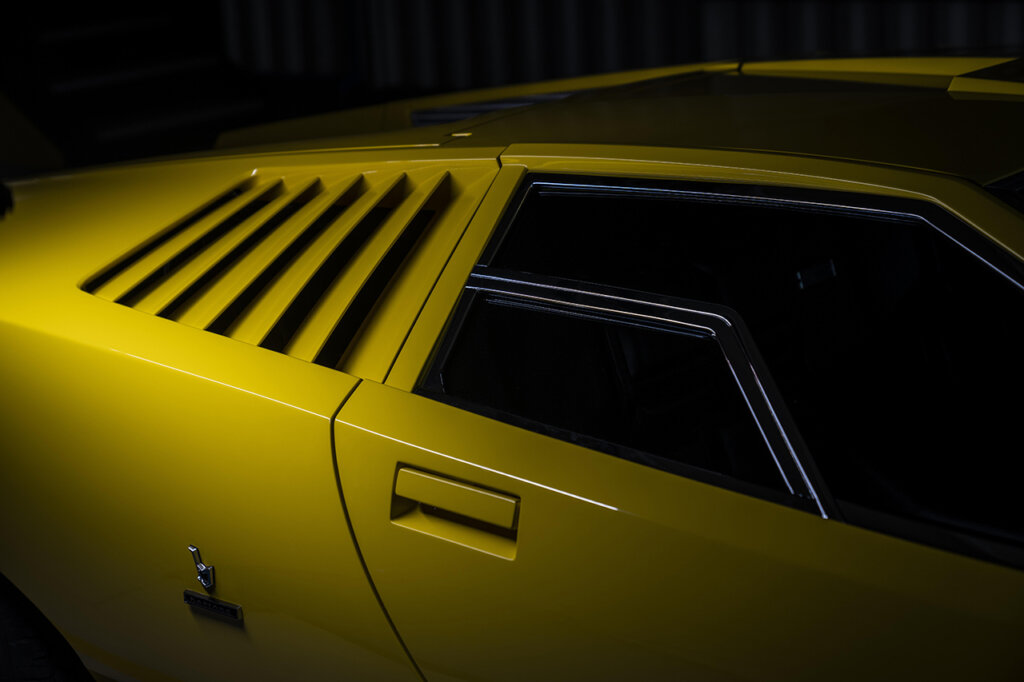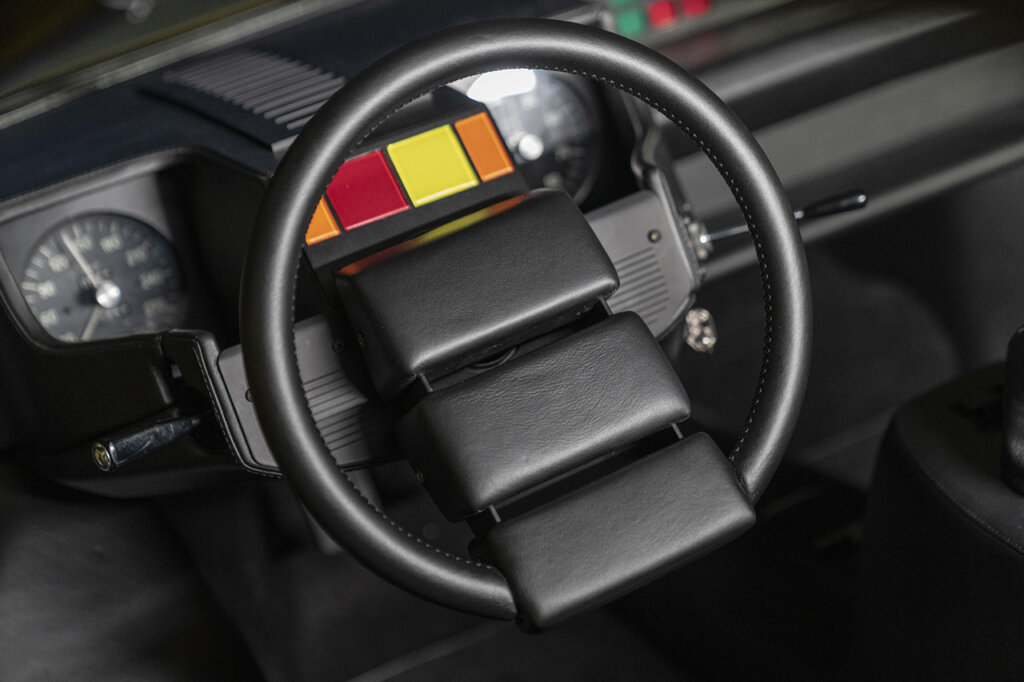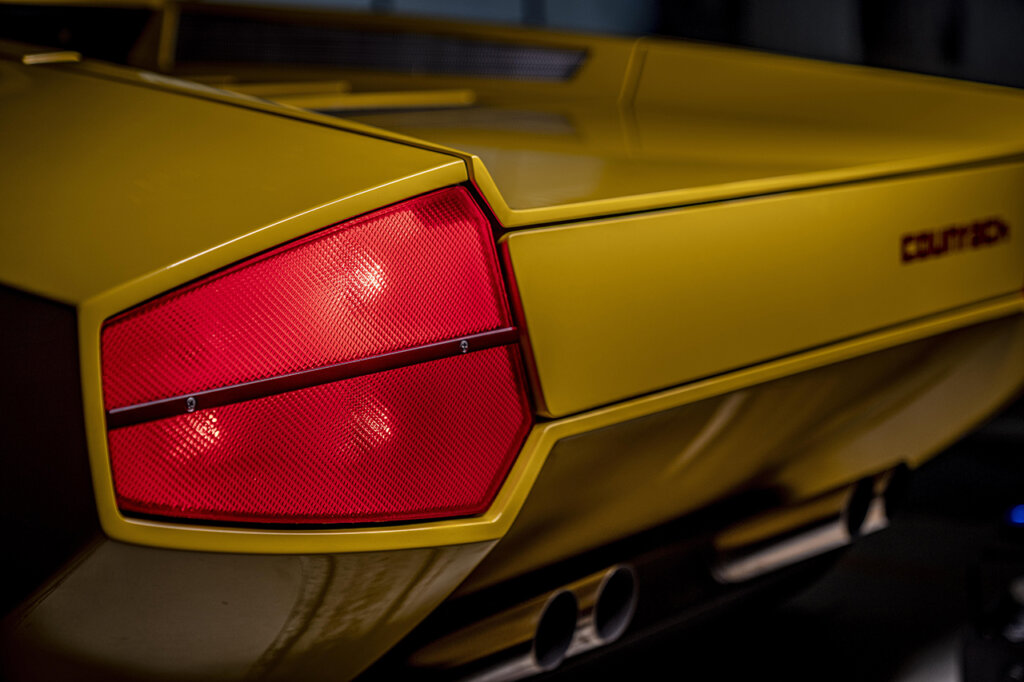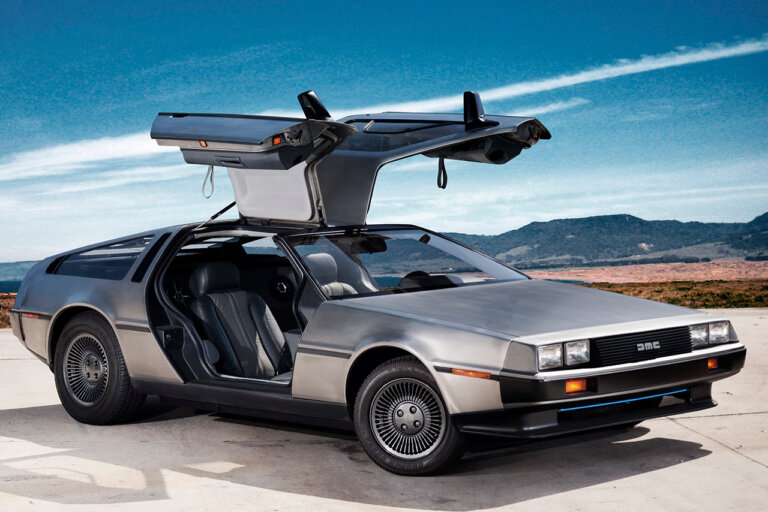Let's start with the LP400
The Lamborghini Countach went through three significant prototype phases during its development, each contributing to the evolution of this iconic supercar.


Source: Lamborghini
| Trim | Production | Engine | Power | Transmission | Drivetrain |
| LP400/LP400s | 1974 – 1978 | 3.9L V12 (Rear-mid engine) | 370 HP / 375 PS / 276 kW | 5-Speed Synchromesh Manual | RWD |
The LP400 prototype, introduced in 1974, laid the foundation for the Lamborghini Countach. Designed by Marcello Gandini at Bertone, this prototype showcased the iconic wedge-shaped design that would become the hallmark of the Countach. It featured scissor doors, a mid-mounted engine layout, and a powerful V12 engine. The LP400 prototype was initially equipped with a 3.9-liter V12 engine, which was a departure from Lamborghini’s earlier Miura model. This phase set the design direction and technical specifications for the subsequent development stages.

The LP400 introduced a smaller 3.9-liter V12 engine due to tighter emissions regulations and the oil crisis of the 1970s. This phase saw the inclusion of various aerodynamic enhancements and performance tweaks. The LP400 prototypes evolved the Countach’s design with smoother lines, a more integrated rear wing, and a cleaner overall aesthetic. The LP400 would go on to become the first production model of the Countach.

Source: Lamborghini









